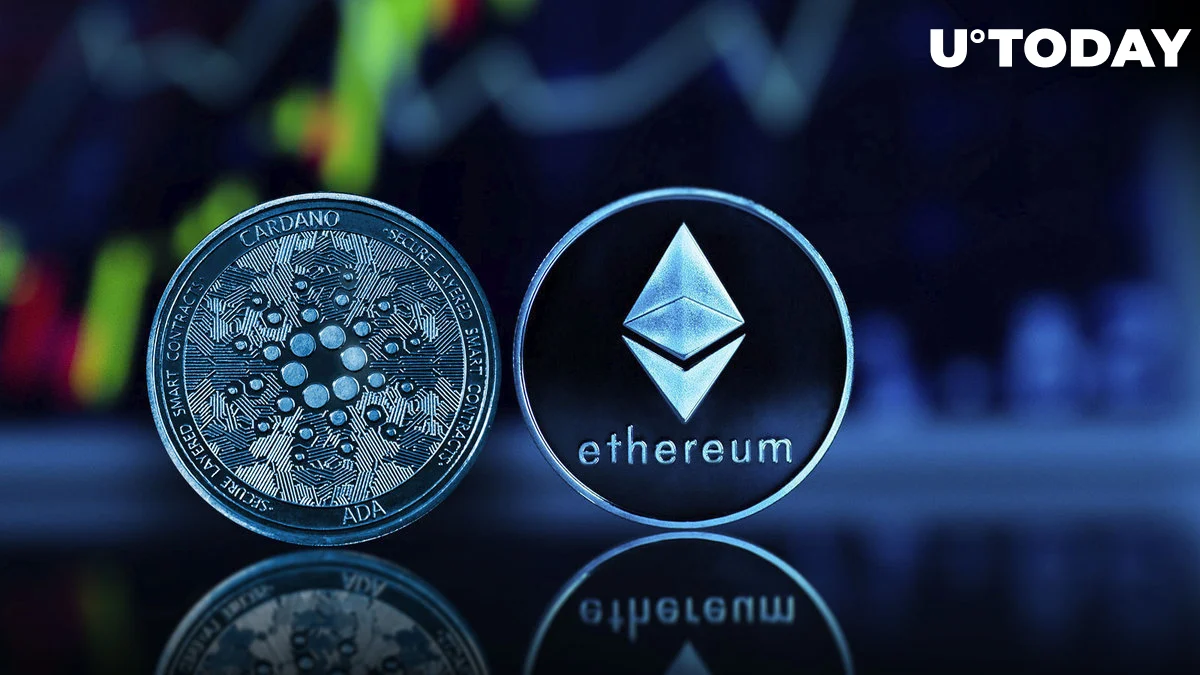
Co-founder of Ethereum Vitalik Buterin has drawn attention to Plasma, a scaling solution that was initially unveiled in 2017, in a recent blog post. Technology advancements, especially in the area of ZK-SNARKs, a type of encryption that boosts efficiency and security, are credited for this comeback.
Plasma’s comeback?
Initially abandoned in favour of rollup technology, plasma had difficulties with flexibility and client-side data storage. Buterin’s latest suggestion implies that these restrictions may be removed, returning Plasma to a workable option.
Buterin describes how Plasma’s framework may be made simpler via validity proofs, in particular ZK-SNARKs. By confirming the legitimacy of every block on the Plasma chain, these proofs lessen the amount of state that users must download and, in some circumstances, enable potentially immediate withdrawals.
In addition, Buterin suggests using this technique to the Ethereum Virtual Machine (EVM) in order to reduce the complexity of account-based systems by employing a parallel UTXO graph for ETH and ERC20 tokens.
This strategy could improve the Ethereum blockchain’s security and user experience.
Copycat accusations
However, the Cardano community is worried by Ethereum’s new course.
Members claim that Ethereum is copying concepts from Cardano’s layer-2 scalability solution, Hydra.
Using state channels—a notion akin to Plasma—Hydra seeks to improve the Cardano network’s transaction speed and scalability.
Prominent community members, including Charles Hoskinson, the inventor of Cardano, have accused Ethereum in posts of stealing concepts that Cardano pioneered.


















